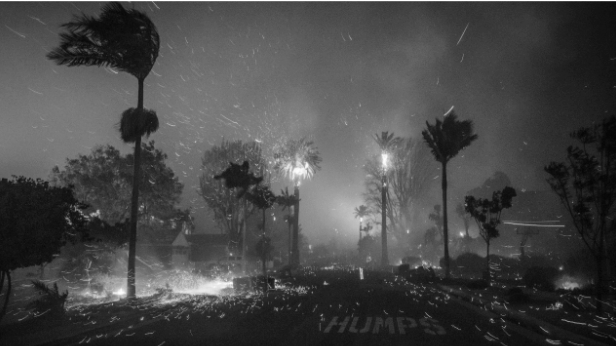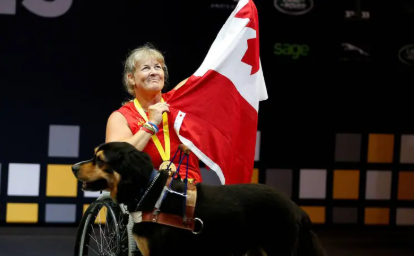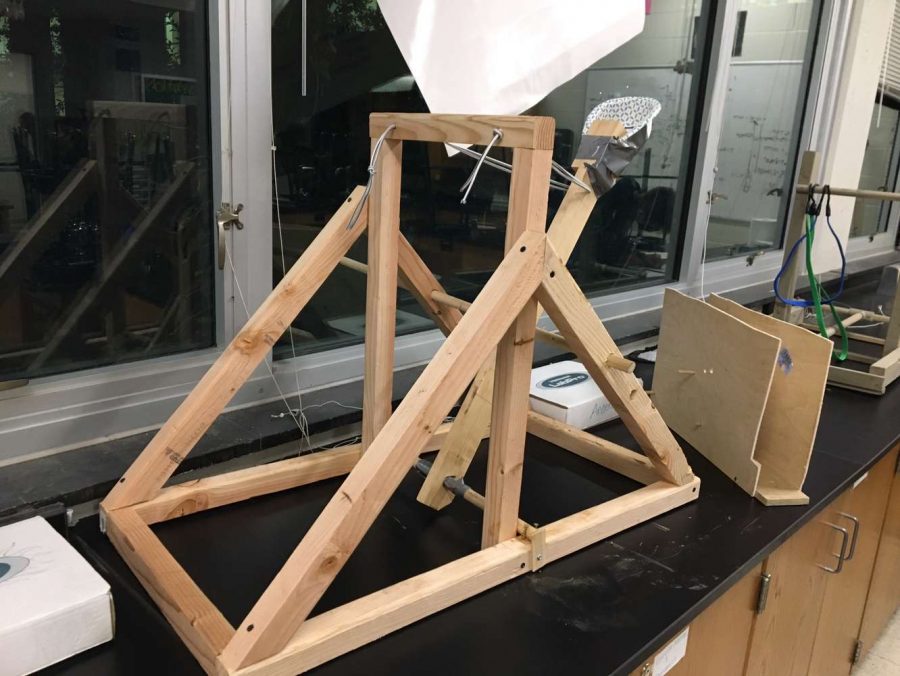AP physics catapult unit closes: Students launch their way into engineering
AP physics students create catapults to launch objects. Students could choose their own designs for the catapults they made.
November 16, 2021
During the first quarter, AP physics students studied catapults in teacher Christine Jestel’s room. Students got to test out their creations outside on Wednesday November 3 during second and third period.
This unit was an engineering design process where students had to build a catapult that could launch at three different angles. Mrs. Jestel said, “students could choose their choice of size, but it had to go at least 5 meters when launched.” Being able to choose their partner and design, students said they had ability to get creative with what the results could look like.
With each catapult, Mrs. Jestel mentions they had to “determine the initial velocity with which a tennis ball would leave their catapult.” The end goal was to hit a castle outside with the machine they designed. Students had to record different calculations and equations relating to the velocity of the experiment.
There were a couple purposes of this experiment, one involving the exploration of the engineering design process. As students had to constantly re-engineer their ideas, it gave them the opportunity to understand the design process. Mrs. Jestel was hoping students would think about their future and see if “engineering is a career they would want to do.”
Another purpose of the catapult’s unit was to tie back the scientific aspects to the real world, and shows how the equations would be relatable in real world situations.
Mrs. Jestel said the unit took almost a whole quarter from start to finish. Students got to learn different equations and calculations throughout the unit. Outside, it took scientists the whole period outside to get the experiment done. They were aloud redo’s and had to make sure everything was working correctly.
From a student point of view, junior Jeremy Jestel shares his experience throughout this experiment. He mentions he had a lot of fun working with his friends “Nick Jones and Tyler Huneke, [we] had a great time making it, excluding some slight major malfunctions.”
From Jeremy’s personal group, they were mostly successful with the power aspect but the accuracy wasn’t on point. Jeremy said, “It was almost too strong and started to break our supports and bent our iron stopper bar.” This was a flaw that they didn’t know was going to happen, so they couldn’t prevent it.
In the end Jeremy thought “it was really neat seeing how [his] classmates built their catapults.” This unit was long yet had scientific information about velocity that students could use in the future.
Like Jeremy, junior Kaity Grimm enjoyed the unit but thought it was stressful at times. Grimm said she should have “started building earlier so it would have been less stress at the end of the unit.”
Grimm got a better understanding of the unit in the end which was “learning about what affects the velocity.” In the end, she gained more knowledge about velocity and engineering.

















